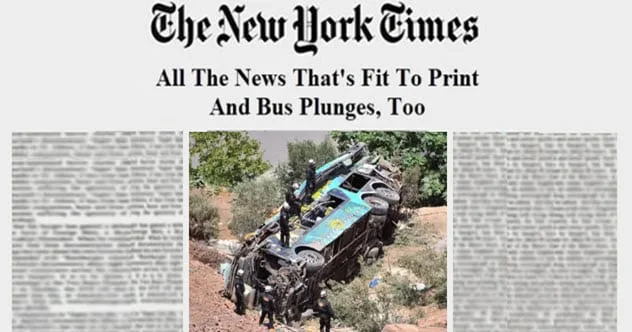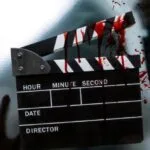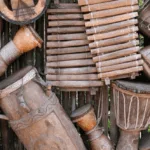The New York Times, affectionately known as “The Gray Lady,” boasts a rich and captivating history. From its humble beginnings to its iconic crossword puzzle, which it once despised, the story of this newspaper is filled with surprises. Prepare to be amazed by these intriguing facts!
1. The Founder Used a Gatling Gun Against Protesters
In July 1863, New York City was gripped by violent protests against the conscription law during the Civil War. Demonstrators targeted symbols of wealth and institutions that denounced slavery, including The New York Times. However, founder Henry Raymond defended the newspaper’s headquarters by installing two Gatling guns, early rapid-fire weapons, on the roof. He threatened to use them if the protesters approached, deterring the mob and saving the Times from destruction.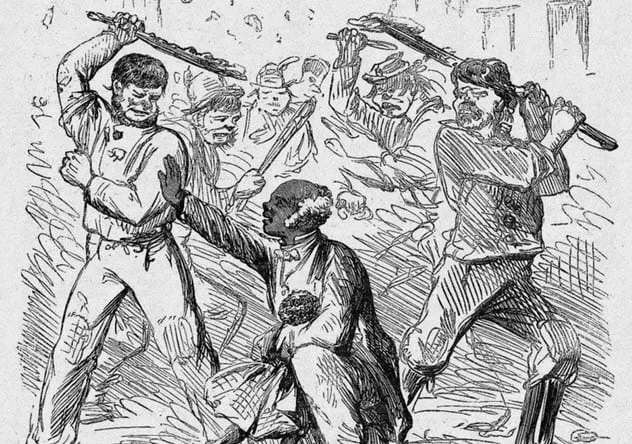
2. The Newspaper Initially Hated Crossword Puzzles
Today, The New York Times is renowned for its crossword puzzles; however, it once vehemently condemned them. When the New York World published the first crossword in 1913, the Times was highly critical. One columnist even described crossword puzzles as “a primitive form of mental exercise” and a “sinful waste.” This disdain changed after the attack on Pearl Harbor in 1941, when the newspaper recognized the need to provide readers with a relaxing distraction from the grim war news. The Times published its first crossword on February 15, 1942, and it has been a staple ever since.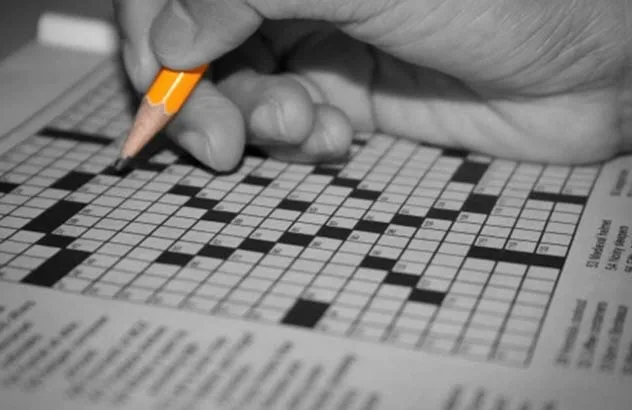
3. A Slogan Change Was Almost Made In 1896
The iconic slogan “All the News That’s Fit to Print” is synonymous with The New York Times. But in 1896, when Adolph S. Ochs took over the struggling newspaper, he sought to rejuvenate it with a new tagline. He launched a contest, inviting readers to submit phrases of 10 words or less that captured the essence of the Times. Suggestions ranged from humorous to profound, but in the end Ochs decided to stick with the original, recognizing its enduring value.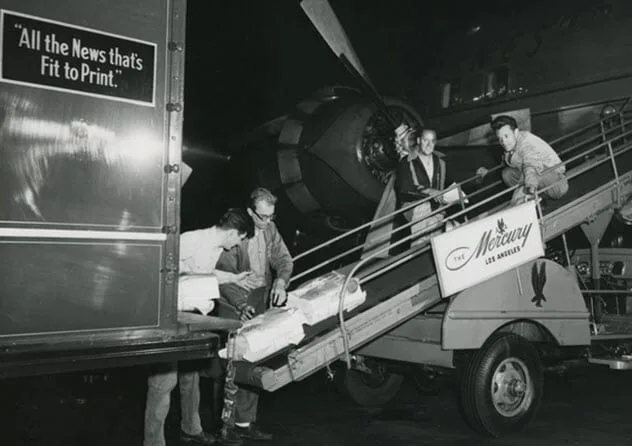
4. The Website Almost Got a Different Slogan
In the digital age, The New York Times again considered a new slogan, this time for its website in the 1990s. A contest was announced on August 18, 1996, exactly 100 years after Ochs’ acquisition, offering another $100 prize. While many entries were submitted, the newspaper ultimately chose to stay with “All the News That’s Fit to Print,” reaffirming the timelessness and relevance of its original motto.
5. The Crossword Editor Has a Unique Degree
Will Shortz, the crossword puzzle editor for The New York Times since 1993, holds a distinction that sets him apart: he possesses the world’s only college degree in enigmatology, the study of puzzles. After developing a passion for puzzles as a child, Shortz convinced Indiana University to allow him to create his own major in this unique field. His expertise and dedication have made the Times crossword a beloved institution.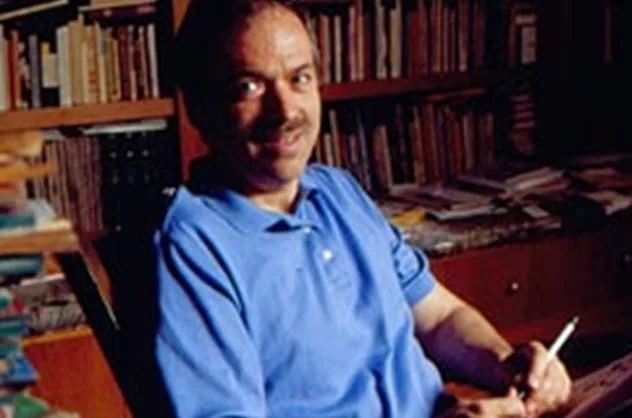
6. Internet Impacted Newspaper Size
As readers increasingly turned to the Internet for news, The New York Times, like many newspapers, eventually had to adapt. In April 2008, the newspaper reduced its size to cut costs, reflecting the shift in how people consumed news. This decision marked a significant moment in the newspaper’s history.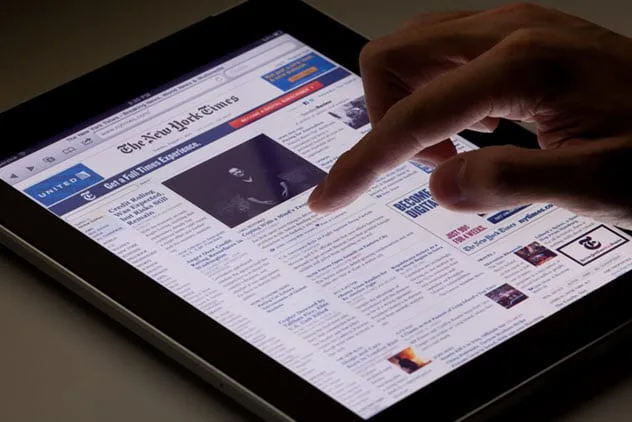
7. BuzzFeed Borrowed the Slogan (Then Apologized)
In 2017, BuzzFeed cheekily borrowed The New York Times’s trademarked slogan for its new morning show, AM to DM, using “All the News Too Lit for Print.” Shani O. Hilton, then in charge of BuzzFeed’s US news division, even acknowledged the appropriation with “with apologies to the Gray Lady” in a blog post. However, after The New York Times’s legal team intervened, BuzzFeed changed the slogan, though not without some playful resistance.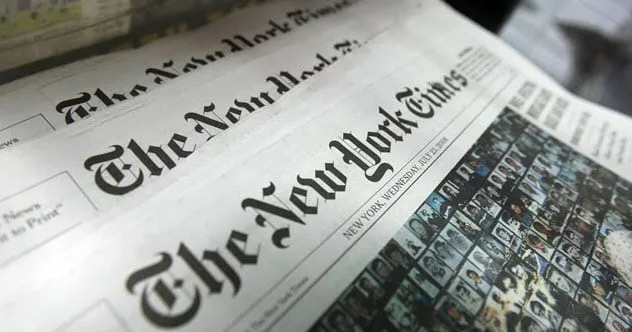
8. Bus Plunges Were a Thing
In the past, newspapers, including The New York Times, had a peculiar fondness for “bus plunge” stories. These brief articles filled blank spaces and followed a formulaic structure, detailing incidents of buses falling off cliffs or bridges. The stories were concise and arranged with the most important information first, allowing editors to easily cut sentences to fit available space. This practice faded as newspapers adopted computerized layouts.
9. Refusal to Embrace Color Printing (Initially)
Despite the growing popularity of color printing, The New York Times was one of the last US newspapers to adopt it, beginning in 1993. Initially, the Book Review section was used to test the waters, with a green-and-orange snake graphic. The front page finally embraced color on October 16, 1997. The delay was due to concerns about print quality, as the Times wanted to ensure that its color printing was top-notch.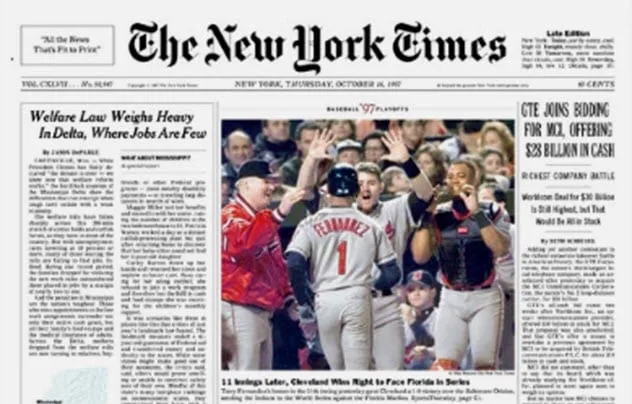
10. Originator of the Times Square Ball Drop
The iconic Times Square Ball Drop on New Year’s Eve was started by The New York Times to promote its new headquarters in 1904. The first celebration involved fireworks, but in 1907, the newspaper introduced the electrified ball. Today, the event attracts about 1.2 billion viewers worldwide.
From defending its headquarters with Gatling guns to pioneering the Times Square Ball Drop, the history of The New York Times is as captivating as the news it reports. These facts offer a glimpse into the remarkable journey of one of the world’s most influential newspapers.
What do you think about these facts? Let us know in the comments below!


